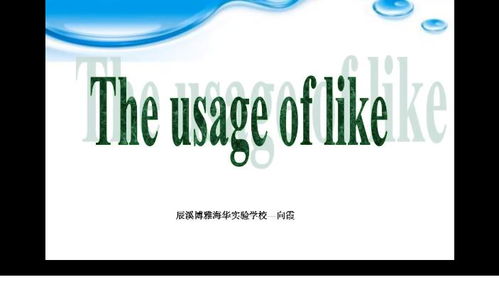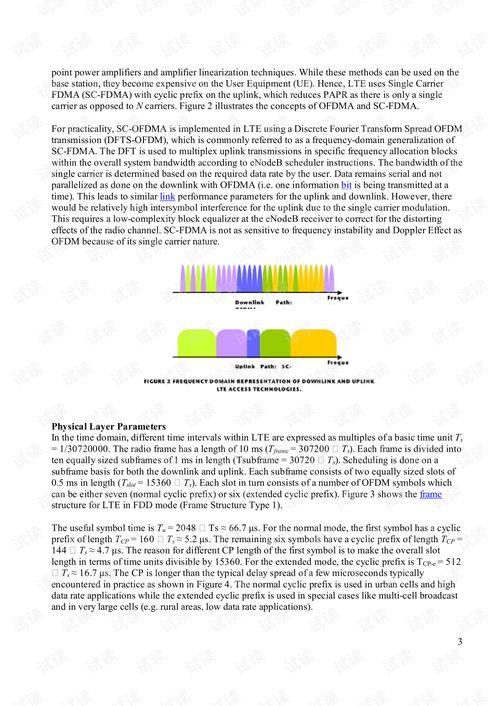The Standards of Textile Cleaning:A Comprehensive Guide
This comprehensive guide provides a detailed overview of the standards for textile cleaning, covering various aspects such as methods, materials, and equipment. It emphasizes the importance of using eco-friendly cleaning agents and avoiding harsh chemicals that can damage the fabric. The guide also covers the proper procedures for spotting and treating stains, including techniques such as steam cleaning and dry cleaning. Additionally, it provides information on the appropriate storage and care of clean textiles to ensure their longevity and quality. Overall, this guide aims to provide a comprehensive understanding of the standards for textile cleaning, helping readers to choose the right cleaning method for their specific needs.
In the realm of textile care, understanding and adhering to specific cleaning standards is crucial for maintaining the quality, safety, and longevity of your garments. This guide aims to provide you with a comprehensive understanding of the essential criteria for textile cleaning, including the different types of textiles, recommended cleaning methods, and the importance of using eco-friendly products.
Table of Contents
- Understanding Textile Types
- Common Textile Materials
- Recommended Cleaning Methods
- Eco-Friendly Products
- Case Studies
- Conclusion
Understanding Textile Types

Textiles are classified into various categories based on their composition and intended use. Here's a brief overview:
| Textile Type | Description |
|---|---|
| Wool | Durable, warm, soft, and often natural fibers |
| Cotton | Lightweight, breathable, absorbent, and widely used |
| Linen | Lightweight, breathable, absorbent, and naturally antibacterial |
| Silk | Luxurious, lightweight, smooth, and prone to damage from heat and chemicals |
| Polyester | Durable, strong, washable, and available in various colors |
Common Textile Materials
Different textiles require different cleaning techniques to maintain their integrity. Here are some common materials and their corresponding cleaning recommendations:
| Textile Material | Cleaning Recommendations |
|---|---|
| Wool | Gentle handwash or machine wash in cold water |
| Cotton | Machine wash in cold water, gentle cycle |
| Linen | Handwash or gentle machine wash |
| Silk | Handwash or dry clean (if possible) |
| Polyester | Machine wash in cold water, gentle cycle |
Recommended Cleaning Methods
When it comes to cleaning textiles, there are several methods that should be considered:
| Cleaning Method | Description |
|---|---|
| Hand Washing | Gentle, effective method for delicate fabrics |
| Machine Washing | Quick, convenient method for larger loads |
| Dry Cleaning | Safe, effective method for silk and other delicate fabrics |
| Steam Cleaning | Useful for removing tough stains and odors |
Eco-Friendly Products
When selecting cleaning products, it's important to choose those that are not only effective but also environmentally friendly. Look for products that contain natural ingredients like vinegar, baking soda, and lemon juice. These can help remove dirt and stains without harsh chemicals.
Case Studies
Let's take a look at two real-life cases where textile cleaning standards were followed:
Case Study 1: Wool Sweaters - When a wool sweater got stained with coffee, the owner decided to hand wash it gently in cold water with a small amount of detergent. After washing, they hung the sweater outside to dry naturally, which helped keep its shape and color.
Case Study 2: Silk Scarf - A silk scarf was accidentally stained by wine. Instead of using harsh chemicals, the owner opted for a gentle handwash in cold water with a small amount of mild soap. They dried the scarf under a fan to prevent any wrinkles.
Conclusion
The standards for textile cleaning are diverse depending on the type of fabric and the desired outcome. By following these guidelines and choosing eco-friendly products, you can ensure that your garments stay clean, fresh, and last longer. Remember, the key is to approach cleaning with patience and care, as excessive handling can lead to damage.

随着人们对生活品质的追求不断提高,纺织品洗涤标准的重要性日益凸显,为了确保纺织品洗涤效果达到最佳,制定一套科学、规范的洗涤标准显得尤为重要,下面将详细介绍纺织品洗涤的标准图标及其应用案例。
纺织品洗涤标准图标概述
纺织品洗涤标准图标通常由一系列符号和图形组成,用以表示纺织品洗涤过程中的各项要求,以下是常见的纺织品洗涤标准图标及其组成部分:
- 洗涤剂类型标识:使用字母或符号表示不同的洗涤剂类型,如温和型、强力型等。
- 温度范围:用温度计图标表示洗涤过程中适宜的温度范围。
- 洗涤时间:用时间流逝的图标表示洗涤所需的时间。
- 洗涤方式:用箭头或圆圈表示不同的洗涤方式,如手洗、机洗等。
- 安全警示:用警告标志或图标提醒用户注意洗涤过程中的安全事项。
纺织品洗涤标准案例分析
某品牌纺织品洗涤标准图标示例
该品牌纺织品洗涤标准图标主要包括以下内容:
- 洗涤剂类型标识:使用绿色标签表示温和型洗涤剂。
- 温度范围:用温度计图标表示适宜的温度范围为40°C左右。
- 洗涤时间:用秒表图标表示洗涤时间为30分钟。
- 洗涤方式:采用手洗方式进行洗涤,并配有安全警示标志。
该案例表明,该品牌在纺织品洗涤过程中注重安全、环保和效果,采用了温和型洗涤剂,并严格控制洗涤时间和温度范围,确保洗涤效果达到最佳。
不同材质纺织品洗涤标准图标对比
不同材质的纺织品在洗涤过程中需要不同的洗涤标准图标,以下是不同材质纺织品洗涤标准图标的对比:
- 棉质纺织品:使用蓝色标签表示适宜的洗涤温度和时间范围。
- 丝绸纺织品:使用金色标签表示适宜的高温洗涤方式。
- 毛绒纺织品:使用红色标签表示需要特别的处理方式,如使用专用清洗剂和高温烘干。
通过对比不同材质纺织品的洗涤标准图标,可以更好地了解不同材质纺织品的洗涤需求,从而更好地进行纺织品洗涤。
纺织品洗涤标准的应用建议
为了确保纺织品洗涤效果达到最佳,建议遵循以下纺织品洗涤标准应用建议:
- 选择合适的洗涤剂类型和品牌,根据纺织品的材质和用途选择合适的洗涤方式。
- 控制适宜的温度和时间范围,避免过度清洗或温度过高导致纺织品损坏。
- 注意安全警示标志的使用,确保在洗涤过程中注意安全事项。
- 对于不同材质的纺织品,应采用相应的洗涤标准图标进行标识和指导。
- 在进行纺织品洗涤时,应遵循相关法律法规和行业标准,确保洗涤过程合法合规。
纺织品洗涤标准是确保纺织品洗涤效果的重要依据,通过了解纺织品洗涤标准图标及其应用案例,可以更好地掌握纺织品洗涤的方法和技巧,在实际操作中,应选择合适的洗涤剂类型和品牌,控制适宜的温度和时间范围,注意安全警示标志的使用,并遵循相关法律法规和行业标准,确保纺织品洗涤效果达到最佳。
Articles related to the knowledge points of this article:
The Ultimate Guide to Selecting the Perfect Fabrics for Your Home
The Evolution and Innovative Strategies of Guangzhou Hengye Textiles
Mastering Photoshop for Editing Textiles A Comprehensive Guide
The Art of Textile Inspection with the Latest in Automatic Machinery
Suzhou Xinying Textiles:Navigating the Global Fashion Industry



